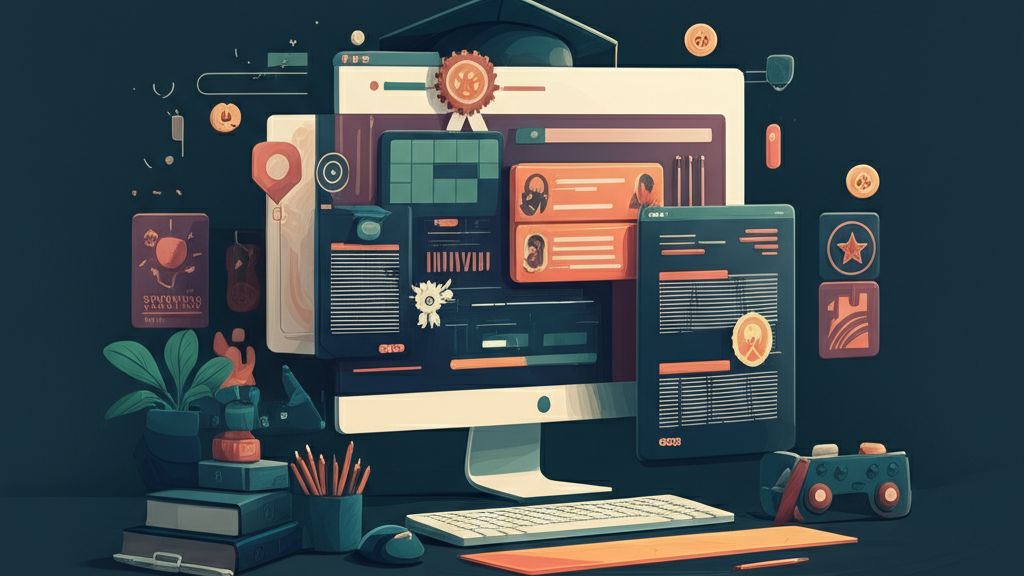
Gamification in Education: Why It Works
In today’s rapidly evolving educational landscape, engaging students and fostering a love for learning can be a challenge. Traditional methods often fall short in capturing students’ attention and motivating them to actively participate. This is where gamification steps in as a powerful solution.
What is Gamification?
Gamification involves incorporating game-design elements and game principles in non-game contexts. In education, this translates to using elements like points, badges, leaderboards, challenges, and narratives to make learning more interactive, engaging, and rewarding.
Why Does Gamification Work?
Several factors contribute to the effectiveness of gamification in education:
- Increased Engagement: Gamified learning environments are naturally more engaging than traditional ones. The interactive nature of games keeps students actively involved in the learning process.
- Enhanced Motivation: The use of rewards, progress tracking, and challenges taps into intrinsic motivation. Students are driven to learn and improve to earn points, unlock badges, and climb leaderboards.
- Immediate Feedback: Games provide instant feedback, allowing students to quickly understand their strengths and weaknesses. This helps them adjust their learning strategies and focus on areas where they need more support.
- Personalized Learning: Gamification can be tailored to individual student needs and learning styles. Adaptive challenges and personalized feedback ensure that each student is challenged appropriately.
- Improved Knowledge Retention: The interactive and engaging nature of gamified learning experiences leads to better knowledge retention. Students are more likely to remember what they have learned when they have actively participated in the learning process.
- Fun and Enjoyment: Perhaps most importantly, gamification makes learning fun. By associating learning with positive emotions and experiences, students are more likely to develop a lifelong love of learning.
Examples of Gamification in Education
Gamification can be implemented in various ways, including:
- Points and Badges: Awarding points and badges for completing tasks, answering questions correctly, or achieving milestones.
- Leaderboards: Creating leaderboards to foster healthy competition and encourage students to strive for excellence.
- Challenges and Quests: Designing challenges and quests that require students to apply their knowledge to solve problems or complete tasks.
- Storytelling and Narrative: Incorporating storytelling and narrative to create immersive learning experiences.
- Simulations and Role-Playing: Using simulations and role-playing to allow students to practice skills and apply their knowledge in realistic scenarios.
Implementing Gamification Successfully
To effectively implement gamification in education, it’s essential to consider the following:
- Clearly Defined Learning Objectives: Ensure that the game mechanics align with specific learning objectives.
- Engaging Game Design: Create a fun and engaging game experience that captures students’ attention.
- Appropriate Level of Challenge: Balance the level of challenge to keep students engaged without overwhelming them.
- Meaningful Rewards: Offer rewards that are meaningful and motivating to students.
- Regular Feedback and Progress Tracking: Provide regular feedback and progress tracking to help students stay motivated and on track.
Conclusion
Gamification has the potential to transform education by making learning more engaging, motivating, and effective. By incorporating game-design elements and game principles, educators can create learning experiences that students enjoy and that lead to improved learning outcomes. As technology continues to evolve, gamification will likely play an even more significant role in shaping the future of education.